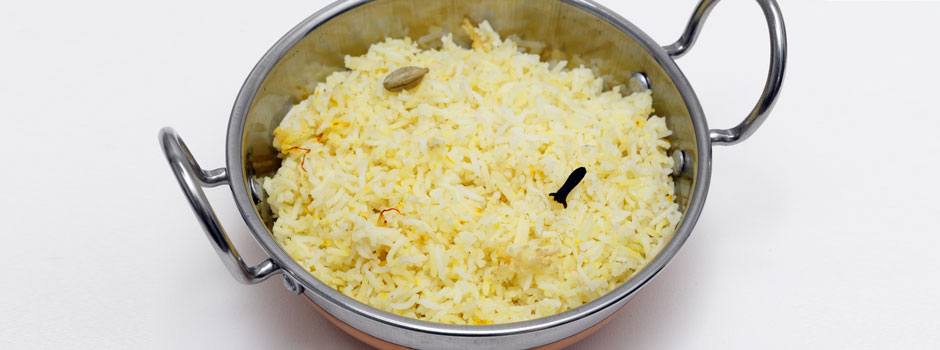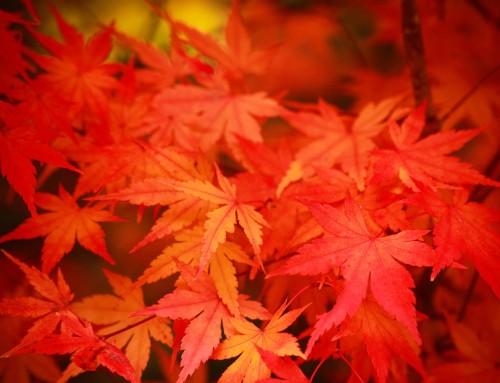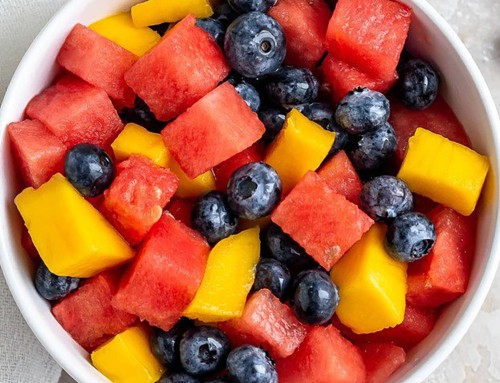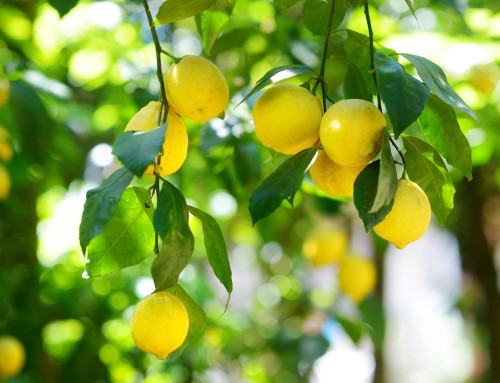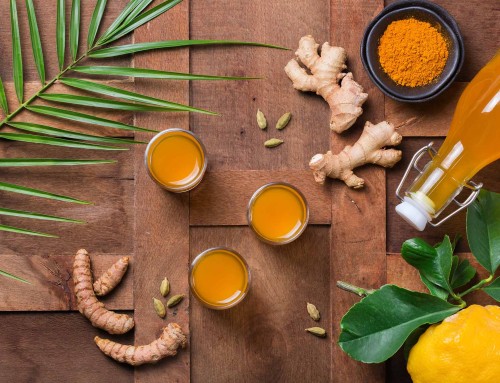Cooking basmati rice
- Place the desired amount of rice in a large bowl, cover it with water and strain out the water – do this at least three times.
- Place the rice on a medium pan and add 2½ parts of water to 1 part of rice.
- Bring to the boil, then reduce the heat for a light boil.
- Keep cooking until rice becomes puffy and a small amount of water remains in the pan.
- Don’t stir the pot and just let the water evaporate.
- Remove the pot from the heat and then cover it and let it stand for about 10 to 15 minutes before serving.
- To test if the rice is cooked properly, press a few grains between the fingers.
- The rice should have distinct fluffy grains. They should be neither sticky nor hard.
There are dozens of rice varieties in the world, yet basmati rice is the one that is highly recommended by Ayurveda. Why is this?
A rare balancing act
In Ayurvedic terms basmati rice is said to be very balancing to the three Doshas, or elements, that underlie our body and our health – Vata, Pitta and Kapha.
All of us have our own specific balance of Vata (movement, air/space), Pitta (transformation, fire/water) and Kapha (structure, earth/water), and when that balance is maintained, we experience health.
Every piece of food we eat also has its own Doshic balance. Some foods have more inherent heat and they add their Pitta heat to our body. Some foods are inherently cold and wet and increase our Kapha element.
It is rare to find a food that balances all three Doshas and this is one reason basmati rice is so highly valued. (If eaten in excess it will increase Kapha Dosha though.)
Basmati rice is also considered Sattvic or pure and therefore balancing to the mind as well as to the body.
Highly nourishing yet easy to digest
There is often a trade off between nourishment and digestibility. Usually, the most nourishing foods, such as meat and dairy products, demand a lot of digestive power to extract their nutrients. Rice is one of those rare foods as it is both highly nourishing and easy to digest. In other words, from the point of view of our digestive tract, it offers more calories with less effort.
Ayurveda says that basmati rice is good for building our Rasas, or body tissue and is a rich source of Prana, or life-force. It is especially valuable when you are recovering from an illness.
Brown or White?
Basmati rice comes in two varieties:
- Brown basmati rice has not had its outer bran layer removed
- White basmati rice has had its outer bran layer removed, but is unpolished.
White basmati rice is easier on the digestion, but does not contain all the nutrients or fibre of the brown variety.
What about GI
Glycaemic index, or GI, is the measure of how quickly your blood glucose level (blood sugar) rises after eating a particular food. If you have a diet that has a high GI level, you more are at risk of diabetes, heart disease and a variety of other diseases.
White basmati rice has a lower GI index than other white rice varieties. Brown basmati rice has an even lower GI index.
Source of organic Basmati Rice
You can find a source of Organic Basmati Rice at Maharishi Ayurveda Products: +44 (0) 1695 51015, map@maharishi.co.uk

